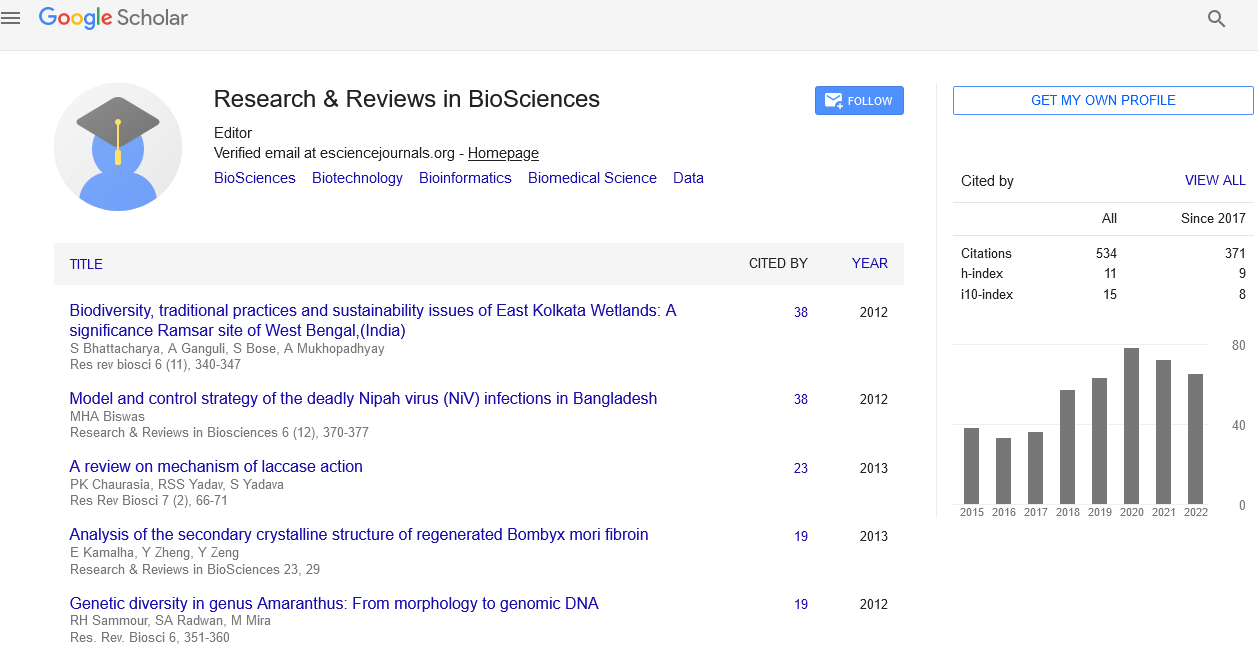Short communication
, Volume: 19( 1) DOI: 10.4172/tsrrb.2024.19(1).028Review of haematological parameters and peripheral blood film among healthy pregnant women in Ogbomoso, South Western Nigeria
Perry Michael*
Department of Criminology, Saint Louis University, USA
Abstract
Background: Pregnancy comes with systemic changes of which the haematological system is no exception. Objective: To assess the complete blood count (CBC); review the peripheral blood film of pregnant women at booking and determine if there is a variation in between trimesters. Methods: This descriptive cross-sectional study was carried out on 400 pregnant women at the booking clinic of Bowen University Teaching Hospital (BUTH), Ogbomoso. Women who were on iron or folate supplement at the time of booking, known patients with chronic medical conditions, or did not give consent were excluded from the study. The sociodemographic characteristics of the respondents were obtained using a structured self-administered questionnaire. The CBC was done using automated haematology analyser and a peripheral blood smear examined under the microscope. Statistical analysis was done using SPSS version 20. Results: The mean age of the respondents was 26.18±5.16. Most of the patients were primigravida (56.8%), of Yoruba tribe (96.0%). The mean haematocrit was 31.33±3.382; WBC count 8.36±2.78 x 109/L; platelet 264.78±14.5 x 109/L; MCH 28.56±0.07pg; MCHC 36.10±0.06g/dl and MCV 78.48±0.08fl. There was a significant difference in all the parameters checked when compared in between trimesters except for haematocrit and platelet count. 255 (63.8%) were anaemic while 69 (17.3%) had leucocytosis. Presence of anaemia and leucocytosis were found to be statistically significant in between trimesters. Conclusion: Anaemia with evidence of iron, folate and vitamin B12 deficiency was prevalent in the third trimester with a slight preponderance of leukocytosis. The platelet count was stable and within normal limit.
Biogeography—the study of the distribution of life across space and time—has traditionally focused on plants and animals. However, recent advances in molecular ecology and sequencing technologies have expanded this field to include microorganisms. Microbial and eukaryotic life forms exhibit distinct yet overlapping dispersal mechanisms that shape their biogeographic patterns across scales, from microscopic niches to global ecosystems. Understanding these mechanisms is crucial for predicting biodiversity responses to environmental change, managing ecosystems, and tracing evolutionary trajectories.
